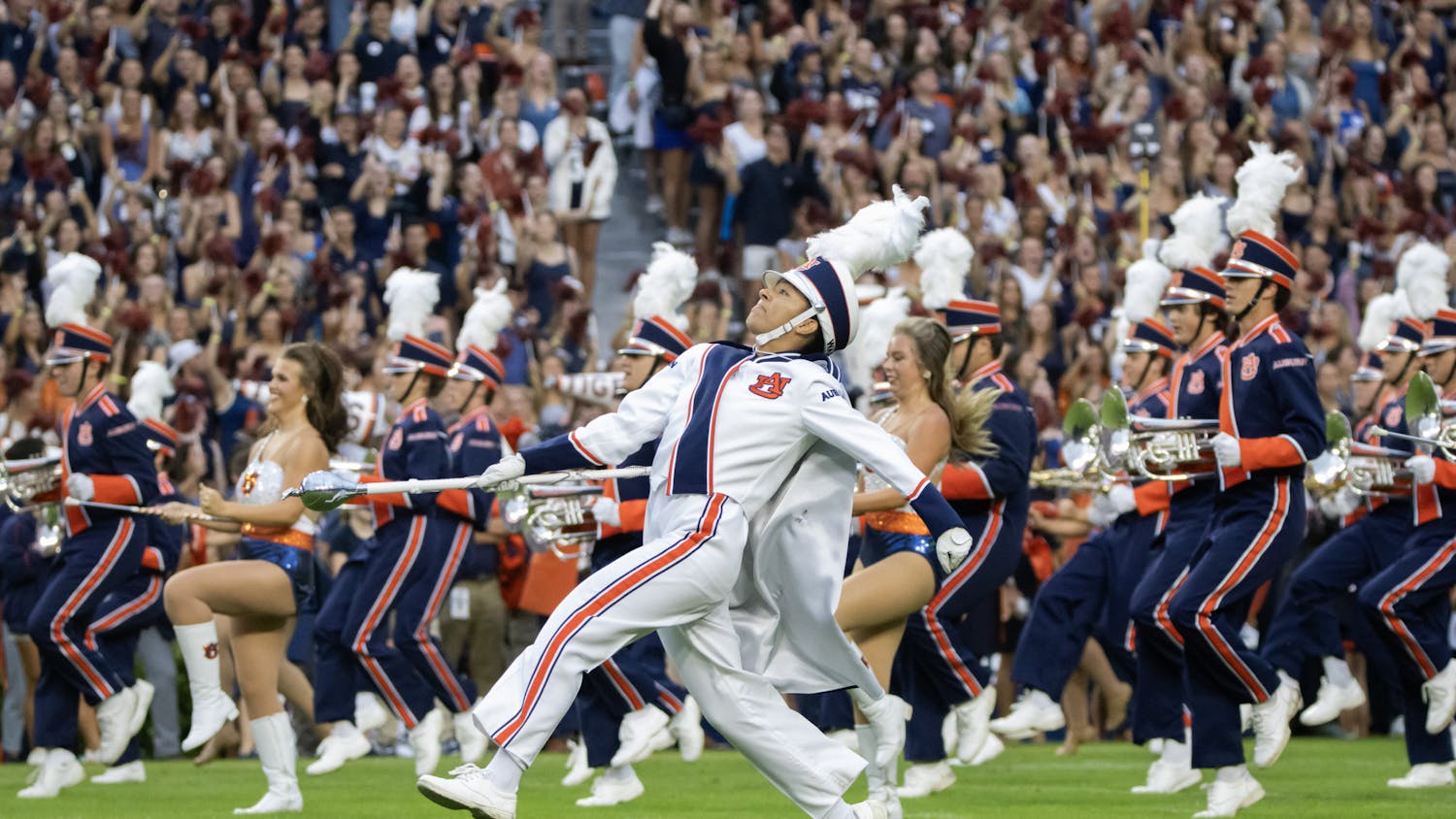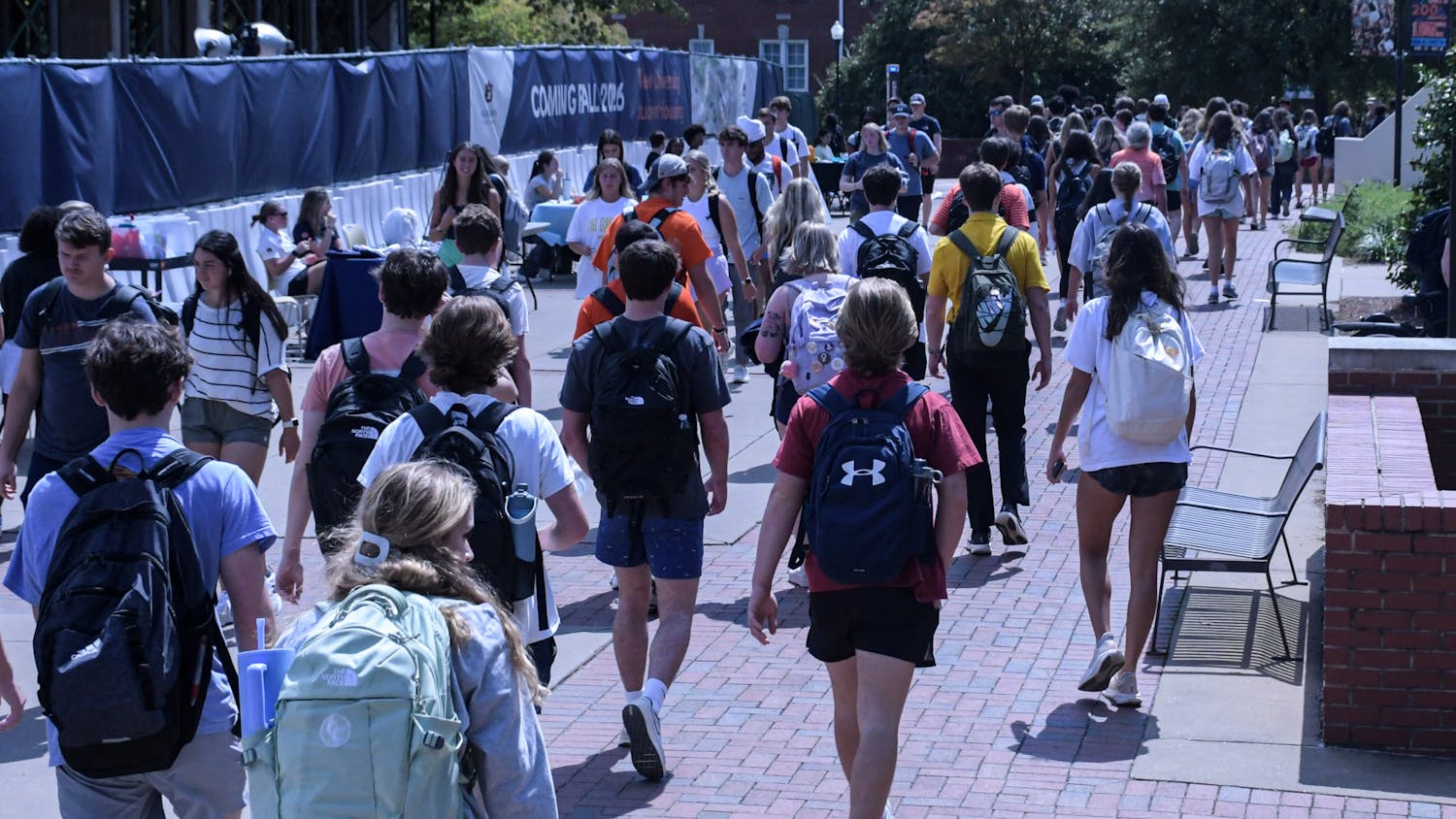“To infinity and beyond” has never seemed so tangible for Auburn Tigers.
Professors at Auburn are teaming up with NASA and Teledyne Brown Engineering to create hyper spectral imaging data.
NASA paid Teledyne Brown Engineering $15 million to create a platform, MUSE, that will be mounted on the International Space Station. The platform will hold a hyperspectral imaging instrument that will be able to photograph any area on Earth.
“We have been working on cube satellites for a while now,” said Jean-Marie Wersinger, associate professor in physics. “The idea was to be able to use hyperspectral technology and put it in something smaller: the cube satellites.”
Cube satellites are smaller and cheaper to build, according to Wersinger. Rather than having one giant satellite, they are hoping to put the same technology into multiple smaller cube satellites.
“Normally the human eye can see visible light in red, green and blue,” said Michael Ogle, research engineer for NASA programs for Auburn University. “With this type of data, it can capture visible light that we can’t normally see.”
The applications of the technology will greatly impact precision agriculture, forestry, biodiversity, geosciences and emergency management.
“As the satellite is going over a forest or pond, it will be able to pick up any diseases there that you couldn’t see from a plane,” Ogle said. “Then you can solve the problem before you lose the entire forest.”
The technology has other applications as well.
“It could manage natural disasters. Monitor oil spills, water pollution, coast line deterioration, etcetera,” Ogle said.
Rodney Robertson, executive director of Auburn University’s Huntsville Research Center, said the faculty in Huntsville would mainly take the role of management.
“Our role here in Huntsville is to work with NASA and Teledyne Brown to identify the opportunity and then see who of the Auburn faculty is interested,” Robertson said.
Auburn University, the University of Alabama in Huntsville and Alabama Agricultural and Mechanical University are the only three universities in the country that will have access to the data collected through the International Space Station. The three universities are part of the Alabama Remote Sensing Consortium, created by Teledyne Brown as a way to give back to the community.
“Right now we are just focusing on [universities in] this state,” Ogle said. “It gives Auburn University a unique opportunity and advantage for us to have this type of data.”
Ogle said the access will soon open to other universities in the state and eventually the country.
Michael Fogle, associate professor in physics, said the consortium allows each university to collaborate and share research.
“The consortium was developed because Teledyne Brown and NASA wanted to do collaborations and disseminate information to universities,” Fogle said. “It allows people who use landing imaging data for different purposes to provide members 450,000 square kilometers of data for free.”
In the physics department, Fogle, Wersinger and a number of students are working on building the different satellites.
“Imagine a camera that can see hundreds of wavelengths,” Fogle said. “Water quality, disaster situations, volcanoes, landslides, invasive species — we can see a lot of this with this type of imaging.”
Once the imaging systems are intact, data can be processed and sent back to universities within a week.
“The satellite will visit every location on Earth every three to five days,” Robertson said.
Some of the first imaging technology is expected to launch early 2017, and data should be received in the middle of 2017.
“It will even be able to tell trees apart and tell which football teams have real grass,” Ogle said.
Do you like this story? The Plainsman doesn't accept money from tuition or student fees, and we don't charge a subscription fee. But you can donate to support The Plainsman.




